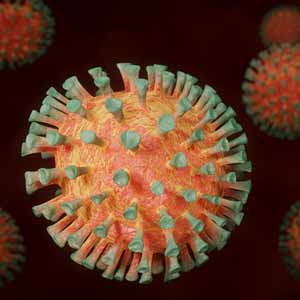 Smart Citations
Smart CitationsSee how this article has been cited at scite.ai
scite shows how a scientific paper has been cited by providing the context of the citation, a classification describing whether it supports, mentions, or contrasts the cited claim, and a label indicating in which section the citation was made.
Intensive care unit-acquired weakness: A review from molecular mechanisms to its impact in COVID-2019
Intensive Care Unit-Acquired Weakness (ICU-AW) is a generalized and symmetric neuromuscular dysfunction associated with critical illness and its treatments. Its incidence is approximately 80% in intensive care unit patients, and it manifests as critical illness polyneuropathy, critical illness myopathy, and muscle atrophy. Intensive care unit patients can lose an elevated percentage of their muscle mass in the first days after admission, producing short- and long-term sequelae that affect patients’ quality of life, physical health, and mental health. In 2019, the world was faced with coronavirus disease 2019 (COVID-19), caused by the acute respiratory syndrome coronavirus 2. COVID-19 produces severe respiratory disorders, such as acute respiratory distress syndrome, which increases the risk of developing ICU-AW. COVID-19 patients treated in intensive care units have shown early diffuse and symmetrical muscle weakness, polyneuropathy, and myalgia, coinciding with the clinical presentation of ICU-AW. Besides, these patients require prolonged intensive care unit stays, invasive mechanical ventilation, and intensive care unit pharmacological therapy, which are risk factors for ICU-AW. Thus, the purposes of this review are to discuss the features of ICU-AW and its effects on skeletal muscle. Further, we will describe the mechanisms involved in the probable development of ICU-AW in severe COVID-19 patients.
How to Cite
PAGEPress has chosen to apply the Creative Commons Attribution NonCommercial 4.0 International License (CC BY-NC 4.0) to all manuscripts to be published.

 https://doi.org/10.4081/ejtm.2022.10511
https://doi.org/10.4081/ejtm.2022.10511




